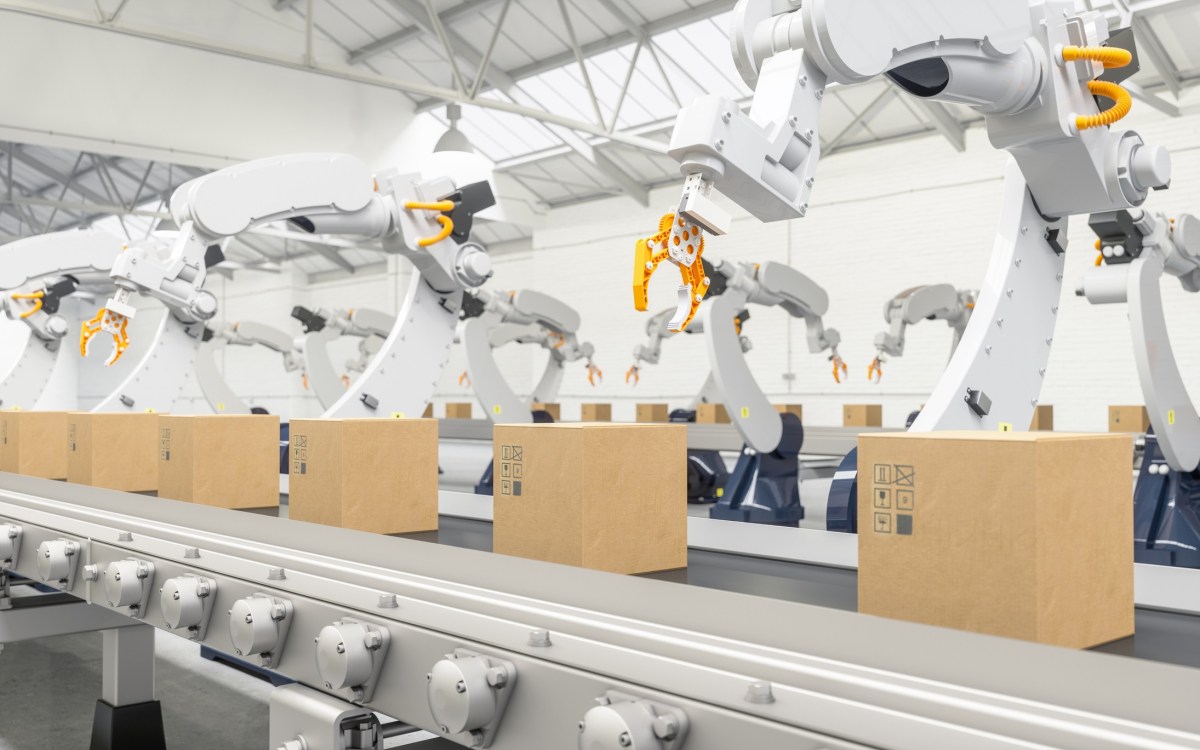More than three-quarters (77%) of IT and operations decision makers agree that they need to modernise warehouse operations to remain competitive in the on-demand economy but are admittedly slow to implement new mobile devices and technology, according to a Warehousing Vision Study by Zebra Technologies.
The study analysed decision makers from manufacturing, transportation, logistics, retail, post and parcel delivery for their strategies to modernise warehouses, distribution centres and fulfilment centres.
The study also found that more than three-quarters (77%) of IT and operations decision makers agree that automating workers with technology is the best way to introduce warehouse automation but only 35% have a clear understanding of where to start automating,
Up to 87% of survey respondents are either in the process of or are planning to expand the size of their warehouses by 2024, while up to 82% anticipate an increase in the number of warehouses during this timeframe. An increase in consumer demand was the top driver of growth for 40% of respondents, with over one-third stating that shorter order lead times are behind expansion plans and the need to rethink their strategies.
Automation is expected to enhance worker performance rather than replace workers with 61% of decision makers planning to enable partial automation or labour augmentation and 73% stating that human interaction is part of their optimal balance in warehousing. As for the use of robotics, 25% expect robots to be used for inbound inventory management, 22% for packing and 20% for goods in/receiving by 2024.
Zebra Technologies APAC vertical solutions lead, manufacturing, transportation and logistics, Aik Jin Tan said warehousing, distribution and fulfilment operations need to transform to meet the growing needs of the on-demand economy.
“Warehouse leaders are turning to technology to address business critical challenges resulting from this global phenomenon by adopting advanced technology and empowering workers with a performance edge.
“By 2024, warehouse leaders will be shifting their focus to the integration of more holistic solutions to build data-powered environments that balance labour and automation in the warehouse.”

